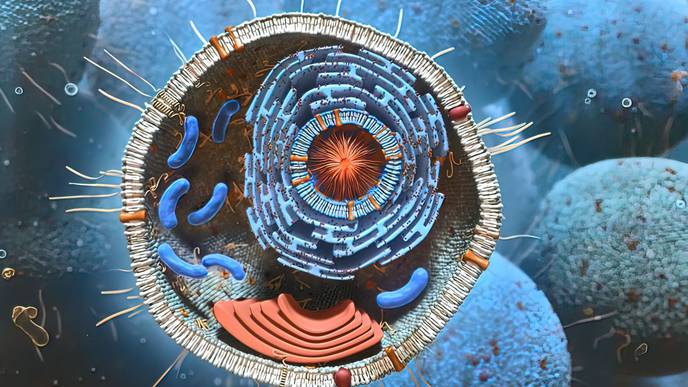Preterm Babies Given Certain Fatty Acids Have Better Vision

08/31/2023
The study, published in The Lancet Regional Health Europe, covers 178 extremely preterm babies at the neonatal units of the university hospitals in Gothenburg, Lund, and Stockholm between 2016 and 2019. Extremely preterm babies are those born before the 28th week of pregnancy.
Around half of the children were given preventive oral nutritional supplements containing the omega-6 fatty acid AA (arachidonic acid) and the omega-3 fatty acid DHA (docosahexaenoic acid). Neither AA nor DHA are included in the supplements that are currently routinely given to extremely preterm babies immediately after birth.
The researchers have previously found that the combination supplement led to the risk of contracting the sight-threatening eye disease ROP (retinopathy of prematurity) being halved. The current study looks at children’s visual development at two and a half years of corrected age (i.e. age from the estimated date of birth).
Better visual interpretation in the brain
The study’s first author is Pia Lundgren, an associate professor in pediatric eye research at the University of Gothenburg’s Sahlgrenska Academy and a chief physician at Sahlgrenska University Hospital.
“The study shows that children who have received the combination supplement had improved visual function, regardless of whether or not they had previously had ROP,” she notes. “The improved visual development was thus not only due to the beneficial effect on the retina. The supplement also seems to have improved the brain’s ability to interpret visual impressions.”
The issue of nutrition and supplementation for extremely preterm babies is a highly topical issue within neonatal care in many parts of the world. Sweden currently lacks precise guidelines for administering fatty acid supplements to extremely preterm children, but the guidelines are now being revised – partly on the basis of the current findings.
Studying cognition and neurology
“Importantly, we can now demonstrate the positive effects that the combination supplement appears to have on visual development when the child is older,” Pia adds. “In the continued studies – on the same group of children – we will also look more closely at cognitive and neurological development, which will be particularly interesting.”
Pia Lundgren and Ann Hellström, Institute of Neuroscience and Physiology, Sahlgrenska Academy at the University of Gothenburg.
Photo: Göteborgs universitet
The research is supported by the Swedish Research Council’s call for clinical treatment research and is being led by Ann Hellström, Professor of Pediatric Ophthalmology at the University of Gothenburg who also works at Sahlgrenska University Hospital. Other researchers are affiliated with Karolinska Institutet and Karolinska University Hospital, Lund University and Skåne University Hospital, and Harvard Medical School and Boston Children’s Hospital in the USA.

Facebook Comments